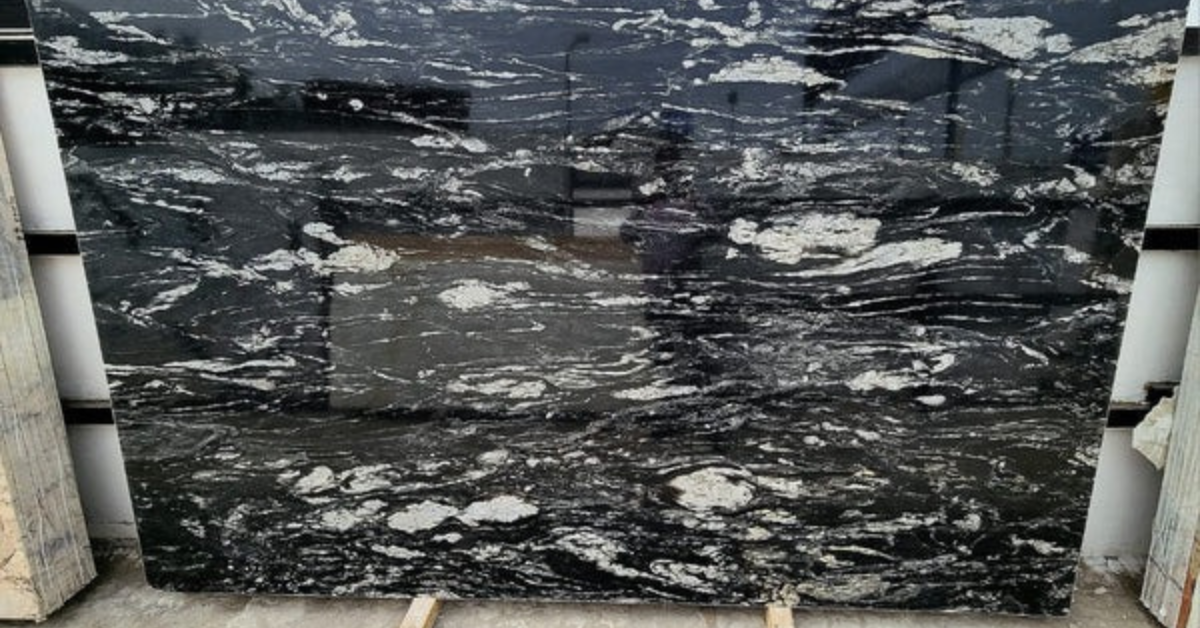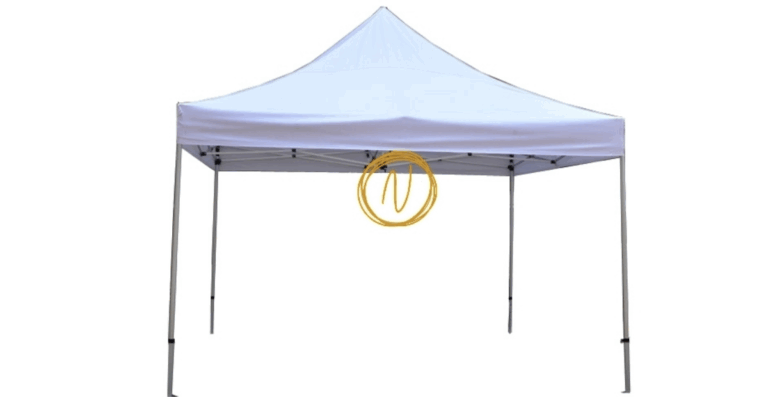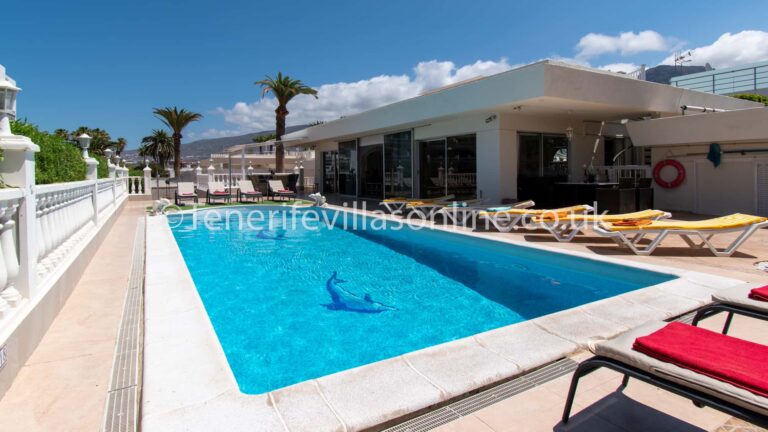Understanding Marble Stone Prices: Factors and Insights
Marble has long been a symbol of luxury, elegance, and timeless beauty. From classic sculptures to modern countertops, marble stone has been a preferred material in architecture and interior design for centuries. However, the price of marble can vary significantly based on various factors. Understanding these factors can help you make an informed decision when purchasing marble for your next project. In this article, we explore the different aspects that influence Marble Stone Price providing you with essential insights for making the best purchase.
Factors Affecting Marble Stone Price
1. Quality of the Marble
One of the primary factors that determine the price of marble is its quality. Higher-quality marble stones, which are often more durable and have a more refined finish, tend to come at a higher price. The quality of marble is often judged based on factors like its color, texture, and how free it is from veins or imperfections.
Premium quality marble, such as Carrara marble, is known for its pristine white color and fine texture, and these types of marble can be significantly more expensive than lower-grade varieties. If you’re looking for marble that has a smooth, flawless surface and can withstand wear and tear over time, expect to pay a premium price for it.
2. Source and Origin of the Marble
Marble is mined in various regions around the world, and the place of origin plays a crucial role in determining its price. Some marble quarries are more renowned for producing top-quality stones, which can command a higher price. For example, marble from Italy, especially from regions like Carrara, is often considered the gold standard, which means it is typically more expensive. Similarly, Indian marble, Turkish marble, and Chinese marble come with their own pricing tiers.
The extraction process, transportation costs, and accessibility of the quarries also contribute to the pricing of the stone. The further the stone has to be transported, the higher the cost will be due to shipping and handling fees.
3. Marble Type and Color
Marble comes in a wide variety of types and colors, each with its unique characteristics. The more exotic and rare the color or pattern, the more expensive the marble tends to be. For example, black marble, green marble, and marble with unique vein patterns are often priced higher than standard white or beige marble. These stones are often considered more luxurious due to their rarity and striking appearance.
Some of the more common types of marble include:
-
Carrara Marble: Known for its gray veining, it’s one of the most popular and affordable types of marble.
-
Calacatta Marble: Known for its white background and bold veining, this marble is rarer and more expensive.
-
Emperador Marble: A rich brown marble with intricate veining, often used in high-end projects.
-
Crema Marfil: A beige marble from Spain with a consistent, light color.
The rarer the color or pattern, the higher the price, especially if the veins or design are strikingly unique.
4. Marble Finish
The finish of the marble also impacts its pricing. Marble can be polished, honed, brushed, or tumbled, and each finish requires a different level of processing. Polished marble, which has a shiny, reflective surface, is typically the most expensive because it requires significant effort to achieve that smooth, glossy surface.
On the other hand, honed marble, which has a matte finish, is often more affordable due to the less labor-intensive process. The finish can also affect the durability and maintenance needs of the marble, influencing its overall cost. For example, polished marble may be more susceptible to staining compared to honed marble, which may require more regular maintenance and sealing.
5. Size and Thickness of the Marble Slabs
The size and thickness of the marble slabs you require can also impact the price. Larger slabs are generally more expensive because they come from larger sections of the marble quarry, and cutting larger pieces of stone can result in higher costs. Additionally, thicker slabs may cost more due to the additional material and processing needed.
For small-scale projects, such as a countertop or backsplash, you might not need large slabs, which can make the overall cost more affordable. However, large-scale projects that require flooring or cladding over extensive areas will naturally come with a higher price tag due to the increased quantity of marble required.
6. Financing and Availability
Marble stones are considered a luxury material, which means their availability and the associated demand can drive prices up. During times of high demand, marble prices can experience fluctuations due to limited availability or production slowdowns.
Furthermore, if you are buying marble from a specialized supplier, you may be offered financing options to help manage the cost. However, such options may come with additional interest or fees, which should be taken into consideration when planning your purchase.
7. Labor Costs
The labor costs associated with cutting, installing, and finishing marble slabs can also contribute to the overall cost of the material. Skilled labor is required for precision work, such as cutting marble into the desired shapes and sizes, as well as for the installation and finishing process. Higher labor costs in your region or for specialized work can add to the price of your marble project.
Conclusion
When considering marble stone for your next renovation or construction project, it’s essential to factor in all the variables that contribute to the price. From the quality and origin of the marble to its size, thickness, and finish, understanding these aspects will help you make an informed decision and ensure that you get the best value for your money. Whether you’re looking for a luxurious marble for your kitchen countertop or a sleek design for your flooring, the right choice of marble can enhance the beauty and elegance of your space, making it a worthwhile investment.







